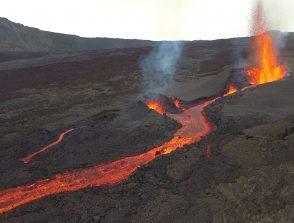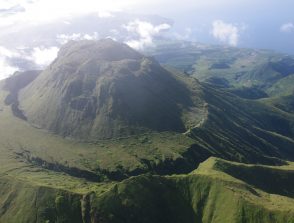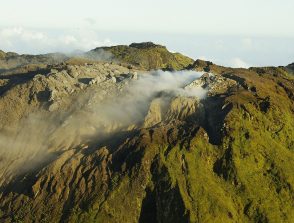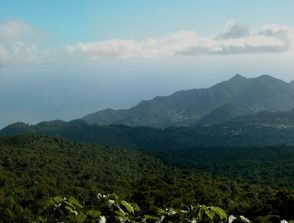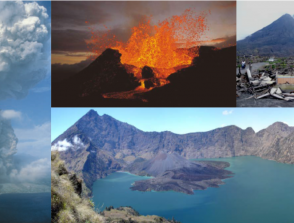WebObs: an integrated toolbox dedicated to observatories
Start: 01/07/2012
Software
Coordinators : François Beauducel
Host institutions :
CNRS, IPGP
Partner institutions :
INSU-CNRS
Related observatories :
Volcanological Observatory of Piton de la Fournaise (OVPF-IPGP), Volcanological and Seismological Observatory of Martinique (OVSM-IPGP), Volcanological and Seismological Observatory of Guadeloupe (OVSG-IPGP), Observatory of Water and Erosion in the Antilles OBSERA
Related teams :
Volcanic Systems
WebObs is an autonomous free software, initially intended to meet the daily needs of French volcanological and seismological observatories and now used by other observatories in the critical zone, in France and internationally. This tool allows in particular the management of permanent and temporary observation networks and the operational and real-time monitoring of multidisciplinary data in support to monitoring or study of natural phenomena. Designed more than 20 years ago around a minimalist web interface and a 100% Linux architecture, WebObs became a collaborative project in 2012 and currently offers around twenty dedicated modules for processing real-time data streams (mainly in seismology, deformation and geochemistry), compatible with international standards (SEED, SeisComP3, Earthworm, FDSN, Winston for seismology), with some modules going as far as the numerical modelling of physical processes in real-time (ground deformation). WebObs also offers a flexible structure metadata base for the technical management of instrumental parks, measurement/collection sites and phenomenological observations.
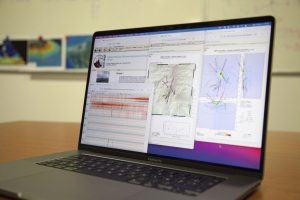
WebObs has become the central and common tool of the three volcanological observatories of the IPGP for more than 10 years, of the SNO OBSERA for 7 years and of the REVOSIMA network since 2018. It is now used routinely in about fifteen observatories around the world. It is also a development environment allowing to easily test new innovative monitoring methods and to quickly apply them to real-time data sets. The WebObs source code is available on the forge https://github.com/IPGP/webobs and its concept has been published in an open-access article: https: //doi.org/10.3389/feart.2020.00048.
In 2022, WebObs received the Open Science Award for Open Source Research in the Community Accessit category. Since January 1, 2023, WebObs is the first software to obtain the Solid Earth Community Code label from the Institut national des sciences de l’univers (INSU) and it receives support from the CNRS for this.




